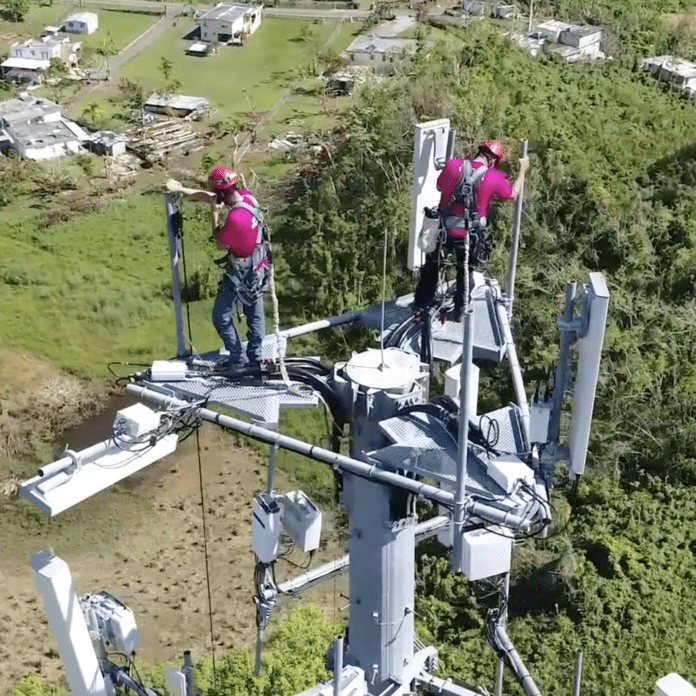LTE Home Internet started as a pilot project and now covers around 580 towns and cities
T-Mobile this week yet again expanded the reach of its LTE-based fixed wireless access home broadband service, which now reaches 580 towns and cities. The latest expansion extends service into parts of Michigan, Minnesota, New York, North Dakota, Ohio, Pennsylvania, South Dakota, West Virginia and Wisconsin.
In October, T-Mobile US took the LTE FWA offering from a limited pilot to covering 450 towns and cities with availability on a first-come, first-served, and equipment- and capacity-availability basis. The service costs $50 per month with autopay and uses an LTE Wi-Fi Gateway device.
T-Mobile executives have long expressed interest in taking on cable companies in terms of both content and connectivity. In addition to the LTE-based home internet offering—the company has also teased a 5G version—T-Mobile recently launched the TVision LIVE streaming service.
TVision LIVE comes in a number of flavors with base offerings running from $40 to $60 per month and add-ons, including TVision VIBE and TVision CHANNELS each for $10 per month. The service uses the TVision HUB HDMI plug-in device for content access.
On the LTE-backed home broadband expansion, T-Mo’s EVP of Emerging Products Dow Draper said in a statement, “Home broadband has been broken for far too long, especially for those in rural areas, and it’s time that cable and telco ISPs have some competition. WE’ve already brought T-Mobile Home Internet access to millions of customers who have been underserved by the competition. But we’re just getting started. As we’ve seen in our first few months together with Sprint, our combined network will continue to unlock benefits for our customers, laying the groundwork to bring 5G to Home Internet soon.”
Verizon, a consummate punching bag for T-Mobile executives, particularly Big Red’s millimeter wave-focused 5G strategy, went to market with 5G in 2018 as a fixed wireless access service. Since then, Verizon 5G Home hasn’t significantly expanded its market reach but the service has evolved, in tandem with CPE chipsets, from a white glove, technician install, to a self-serve model. Verizon 5G Home markets is available in Chicago, Detroit, Houston, Indianapolis, Los Angeles, Sacramento and St. Paul.
According to T-Mobile, it is “preparing to launch 5G Home Internet commercially nationwide,” with the goal of covering half of U.S. households within six years “and providing a badly needed alternative to incumbent cable and telco ISPs.”
T-Mobile currently offers nationwide 5G in standalone mode using its vast 600 MHz spectrum holdings. The company is rapidly deploying its 2.5 GHz spectrum, which it obtained via the merger with Sprint.
Reporting the company’s third quarter financials earlier this month, CEO Mike Sievert said 2.5 GHz-based 5G is currently available in 400 towns and cities covering some 30 million people. By year-end, he expects mid-band 5G in 1,000 towns and cities covering 100 million people with the goal of nationwide coverage by the end of 2021.

